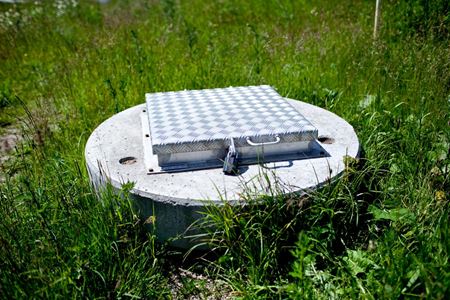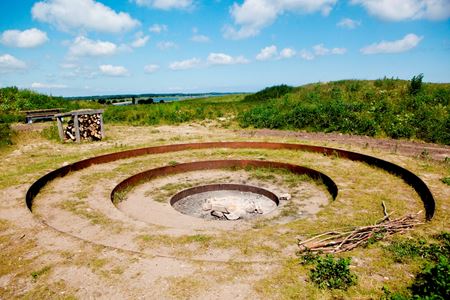Stige Island
The former landfill, Stige Island, has the largest dump gas plant in Denmark. The gas formed from the biological processes that take place in dumped refuse is collected via vertical boreholes in the island. The gas provides electricity and district heating in Odense via a combined heat and power plant.
Electricity and heat for households in Odense
The amount of gas will continiously decrease as the waste is decomposing. Annual production in 2012 accounted for around 3,500,000 m3 of dump gas, yielding 4,900,000 kWh of electricity and 4,350,000 kWh of heat. This covers the annual electricity requirements of approximately 2,300 households and the annual heat requirements of nearly 400 households.
25 km of suction pipes
The gas is collected via 160 vertical boreholes. The total length of the boreholes is more than 2,000 metres. A suction pipe system measuring 25 km in length links the boreholes to 4 pump modules, which are each able to pump up a maximum of 720 cubic metres of gas from the dump per hour. In the pump module, the gas is compressed to a gauge pressure of 1 bar and is transferred to the custom-built combined heat and power plant over a distance of about 4 km via an underground plastic gas pipeline.
4 gas engines comprising 16 cylinders
The gas is lead to a local waste-to-energy plant, where the gas is burned together with municipal solid waste. In emergency situations at the power plant the gas can be burned in a gas engine producing electricity and district heating.



